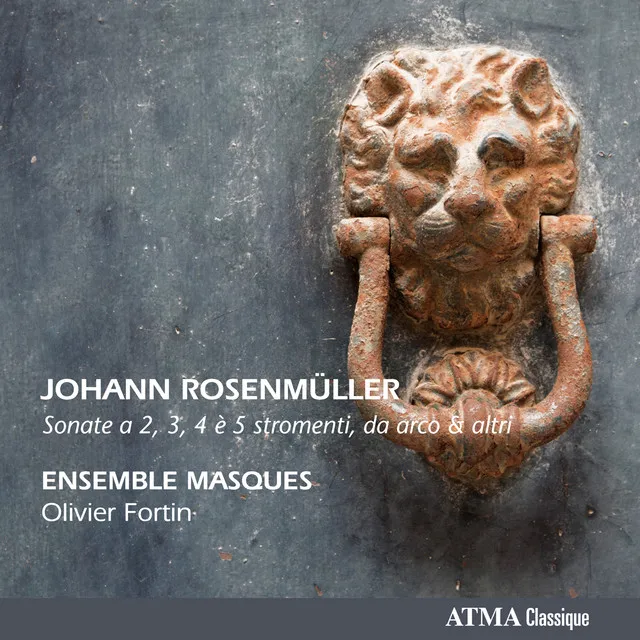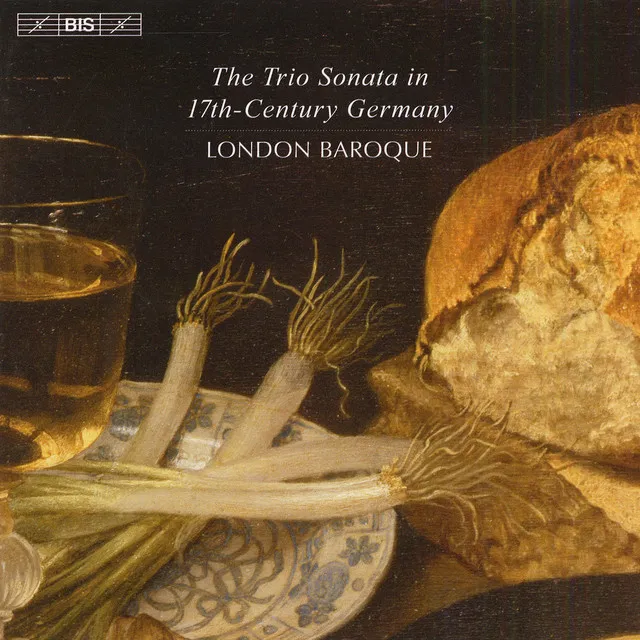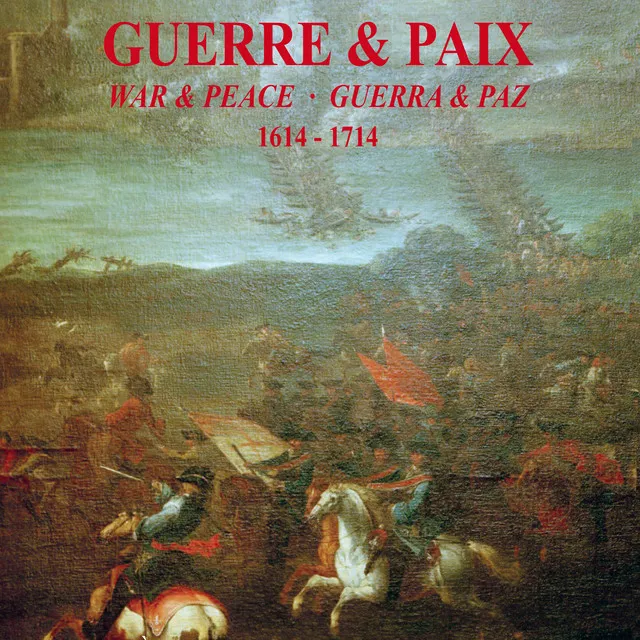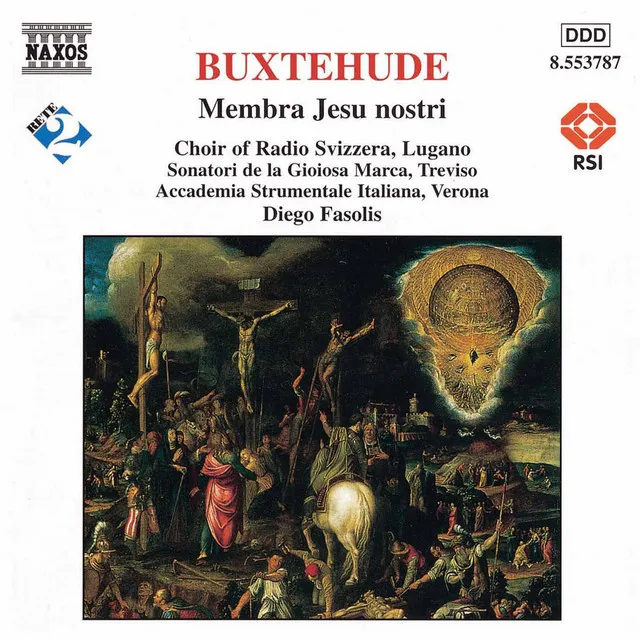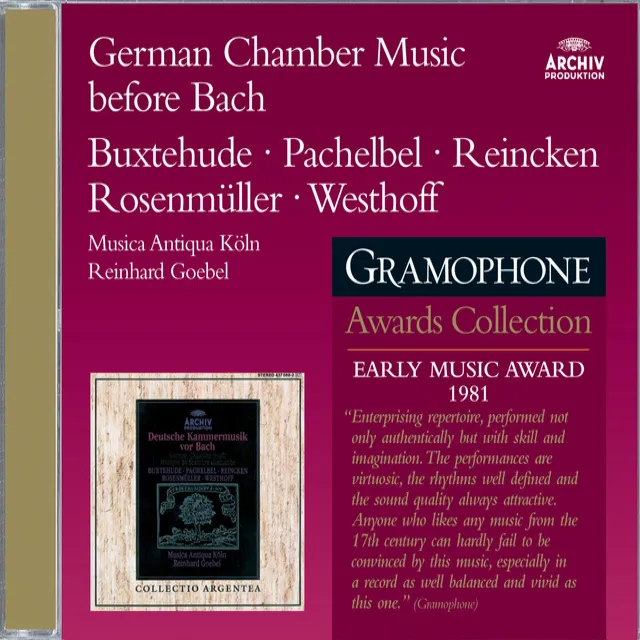Johann Rosenmüller received his general education at the Latin School in Oelsnitz, then went to the University of Leipzig in 1640 as a theology student. It is likely that he continued his musical studies there with the Thomaskirche Cantor, Tobias Michael, for in 1642 he is listed as an assistant at the Thomasschule, where he taught music to the younger students. In 1650, he became the first assistant and in 1651 he also obtained the post of organist of the city's Nicolaikirche. The city council in 1653 promised him the succession to the post of Cantor of the Thomaskirche and in 1654 received an appointment as director of music in absentia to the court of Altenburg. Obviously, his career was on a fast upward track.
However, in 1655 he and some of the schoolboys were arrested on suspicion of homosexual activities and were jailed. He escaped and his next documented appearance is in Venice, where in 1658 he was hired as a trombonist at St. Mark's Cathedral. There, again, he established himself as a composer and his music was even in demand in Germany and he sent some compositions through an intermediary to Weimar.
He became the official composer of the Ospedale della Pietá in 1678 and remained there until 1682. He returned to Germany as concert master of the court of Wolfenbüttel, on invitation from the cousin of the Duke there.
Rosenmüller wrote instrumental music throughout his entire career and showed a consistent development of form and content. His earlier pieces are generally dance pieces arranged into short suites of rather brief dances. They are actual dance music, clearly intended for use on the dancefloor, and not primarily concert pieces as later Baroque suites often were. His later instrumental music is in a more extended form, has more varied scoring, and a larger structure. At this time, he also wrote sonatas da camera and short sinfonias. The finest of these, from 1667, are notable for their inventive and surprising harmonic ideas. His later music had a clear Italian music and its popularity in northern Germany helped pave the way for later Italian music.
Almost all of his vocal music is religious. He followed a northern German practice of circulating this music in manuscript only (he allowed publication of his instrumental works). It was especially popular in northern Germany and for the most part the sources of his music, even that written in Venice, are German rather than Italian. Most of the music is in Latin, including 53 complete Latin psalm settings. These are of all dimensions from settings for solo voice to large-scale works with double chorus, soloists, and instruments. Their historical significance is that Rosenmüller used structures and styles of secular Italian cantatas in this sacred music. Its frequent performance in Germany helped establish the form of the German sacred cantata.
